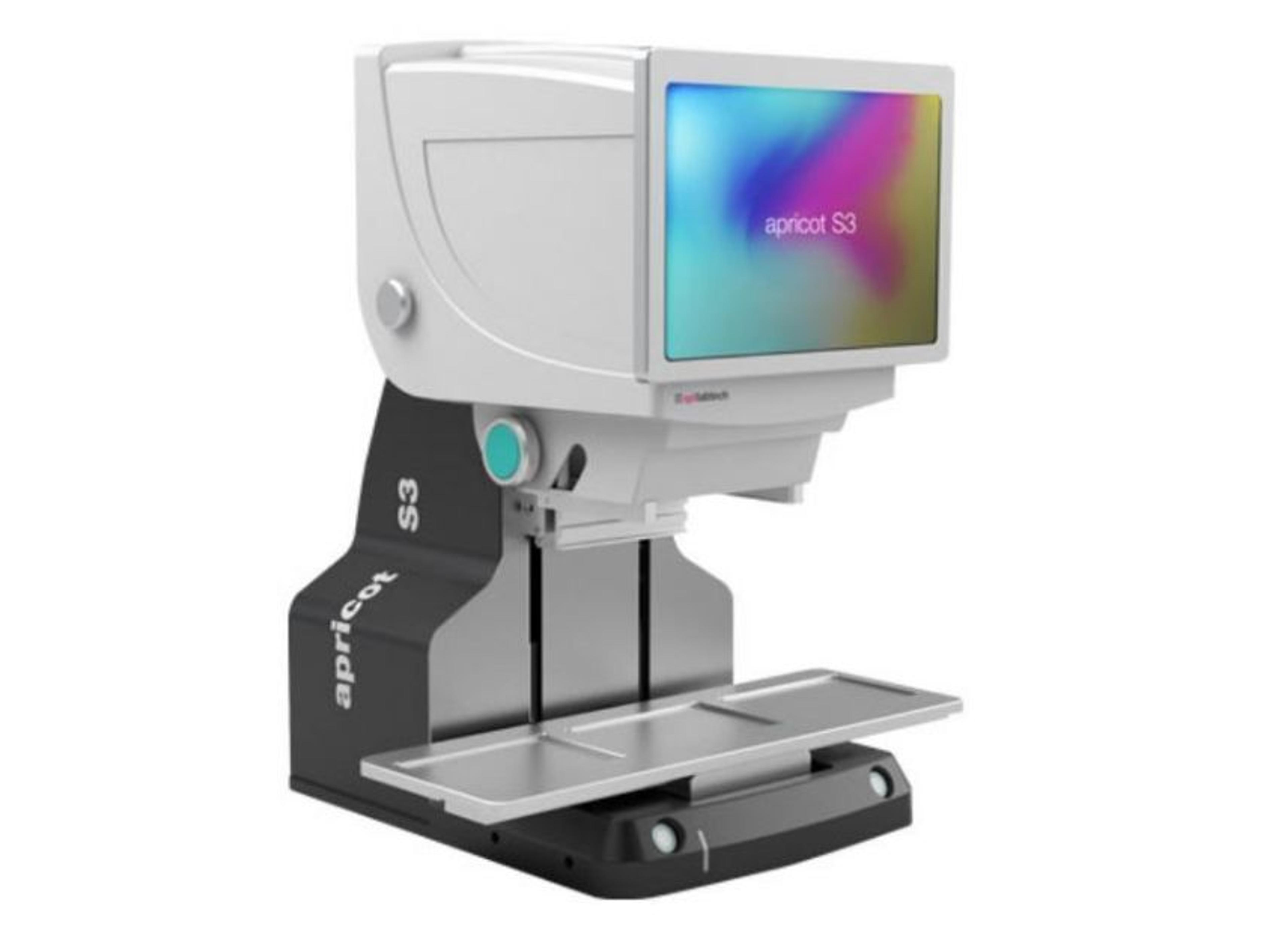Taking your first steps towards automation: Simple, intuitive, and affordable liquid handling
Find out how automation could transform and benefit your workflow, enabling you to focus on other tasks
18 Feb 2022

Associated with numerous benefits, automated liquid handlers are increasingly adopted in R&D laboratories to simplify the creation of complex multi-parameter experiments in a reproducible, reliable and robust manner, while freeing highly trained scientists from manual lab work to focus on more skilled tasks such as the analysis of data and planning of experiments.
In this expert SelectScience® webinar, Dr. Anne Hammerstein, SPT Labtech, shares insights into the applications and liquid handling tasks that can benefit from automation and outlines how to select a liquid handler for your application or research area.
You’ll also be introduced to SPT Labtech’s new apricot S-series and personal pipettor instruments and will hear about key benefits such as ease of use, versatility and affordability.
Watch on demandRead on for highlights from the live Q&A or register to watch the webinar at a time that suits you.
Can this liquid handling system do bead cleanup in NGS workflows?
AH: The system can accommodate plates and plates that are sitting on a magnet. If you're thinking about doing bead cleanup in NGS workflows, what you would typically have is your sample plate that sits on or off the magnet, and you would want to remove any unbound buffers as well as wash buffers from the system.You’d probably want to put a waste plate onto the system so you're not contaminating between the tips, and you would also want to move wash buffer on and off. The apricot S3 is probably perfectly suited to that task. So you can just repeatedly go from the same 96-well deep well plate, take ethanol, for example, put that onto your beads that are sitting on the magnet, take them off again, and then dump them into the waste block. You wouldn't necessarily have to change tips to do that, as long as you're picking up from a 96 array and moving into that 96-well plate, that should work quite well. So, yes, you can do bead cleanups on the system, but you always have to bear in mind that you would be moving plates on and off the magnet by hand.
I think one real advantage over doing this with a handheld pipette is the drying time of your magnetic beads once you've taken the last of the wash buffer off is really essential, and ideally you want them all to have dried for the exact same length of time. If you're doing this in a column-wise movement, by the time you've taken the first lot off to the last row, you'll have had different incubation times. This just ensures you've got a very uniform process, and ideally end up with similar elution profiles across all 96 wells.
Can this system be used for DNA or RNA extraction using magnetic beads?
AH: I assume the user is asking about things like KingFisher-based workflows, for example. It depends a little bit on how this is configured. Typically, you would fill deep well blocks with liquid, and then the instrument has magnetic rods that dip into the different plates. The apricot S instrument could fill your blocks with the various buffers and liquids that you would need for this workflow, but you would still rely on having the instrument with the magnetic rods to complement that.
If you're using other systems, it really depends. A little bit like magnetic bead cleanup for the NGS workflows, you can put the plates on the magnets, and put the whole assembly on the deck.
As the 96 pistons are independent, can we use all 96 pistons to dispense different volumes of the same reagent in different wells simultaneously?
AH: On the S-series pipettors, all 96 pistons move together. There is a plate at the top of the core that is pulled up when we aspirate, and that moves all 96 pistons to the same height, or even all 384 if you're using a 384 core. There are other systems or instruments on the market that can have independent channel movement, but I'm not aware of a system offering that for 96 pistons. These systems are more designed for plate filling, plate stamping. If you wanted to, you could move column-wise with 8 or 16 tips. But independent channel movement is not supported in this.
Is Installation Qualification (IQ), Operational Qualification (OQ) and Process Qualification (PQ) certification possible?
AH: Yes, they are usually steps to take in regulated environments. We can supply IQ and OQ. Of the instruments, the S1 is for self-installation. I believe on the apricot S3 the engineer might do that, but there is documentation around that. For PQ, it depends what you mean by that. If you mean validating a protocol in application, so for example bead cleanup, that's not something we offer. Our tests go as far as having the correct checks to make sure the instrument operates as per our specification.
SelectScience hosts 10+ webinars every month, discover more of our upcoming webinars>>

